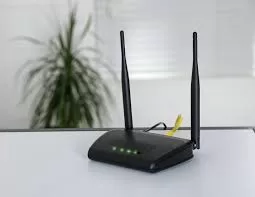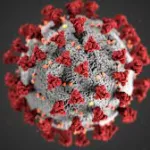The ubiquitous presence of Wi-Fi in our daily lives has sparked concerns about its potential health effects, particularly its link to cancer. While the debate continues, a closer look at the available scientific evidence reveals a nuanced and somewhat unsettling picture.
The core of the concern lies in the radiofrequency (RF) radiation emitted by Wi-Fi routers and devices. This non-ionizing radiation is significantly different from the ionizing radiation of X-rays or gamma rays, which are known carcinogens. Non-ionizing radiation, like that from Wi-Fi, lacks the energy to directly break chemical bonds in DNA, the primary mechanism by which ionizing radiation causes cancer.
However, this doesn’t mean RF radiation is entirely harmless. Studies on animals exposed to high levels of RF radiation have shown some potential links to certain types of tumors. For instance, some studies conducted by the National Toxicology Program (NTP) in the United States showed that high doses of RF radiation led to an increase in heart tumors in male rats.
Despite these findings, translating animal studies to human health risks is complex. The doses of RF radiation used in these studies were significantly higher than what humans are typically exposed to from Wi-Fi. Furthermore, human epidemiological studies, which examine cancer rates in populations exposed to Wi-Fi, have largely failed to find a conclusive link.
The International Agency for Research on Cancer (IARC), part of the World Health Organization (WHO), has classified RF radiation as “possibly carcinogenic to humans” (Group 2B). This classification indicates that there is limited evidence of carcinogenicity in humans and less than sufficient evidence in experimental animals. It’s important to note that many common substances, such as coffee and pickled vegetables, also fall into this category.
The WHO maintains that, “Considering the very low power levels and frequency range of most Wi-Fi devices, the results so far show that there is no convincing scientific evidence that the weak RF signals from base stations and wireless networks cause adverse health effects.”
So, what is the unsettling truth? It is the fact that definitive long term studies on the effect of constant low level RF exposure, such as that from Wi-Fi, are still lacking. While current evidence suggests that Wi-Fi is unlikely to cause cancer at typical exposure levels, the possibility of long-term effects cannot be entirely ruled out.
Therefore, while you don’t need to disconnect your Wi-Fi router in a panic, it’s prudent to practice moderation. Minimizing exposure, such as keeping devices at a distance and reducing screen time, can be a sensible approach. Further research is necessary to fully understand the long-term health implications of RF radiation from Wi-Fi.
Disclaimer: This article is for informational purposes only and does not constitute medical advice. The information presented is based on current scientific understanding, which is subject to change. If you have concerns about your health, please consult with a healthcare professional. The link between Wi-Fi and cancer is still being researched, and definitive conclusions cannot be drawn at this time.(https://timesofindia.indiatimes.com/life-style/health-fitness/health-news/can-wi-fi-cause-cancer-the-answer-is-a-little-unsettling/articleshow/119253352.cms)












